It’s a big season for rhythm games: DJ Hero 2 and Rock Band 3 are on the horizon. But for me, one of the most exciting titles is also the least talked about: DJMax Portable 3.
Last year I discussed at length DJMax Fever, which was a combo title of Portable 1 and 2 localized for North America. This PSP rhythm game, developed by Korean studio Pentavision, has some of the best music and most challenging rhythmic patterns you’ll find for a handheld. It’s one thing to sit around playing top 40 pop-rock hits in your living room. It’s another thing entirely to keep up with frantic techno or chill with some J-pop (and K-pop) while inputting complex combinations.
DJMP3 has a new set of songs (over 30 new tracks), a couple new modes of play, and some “hidden” difficulty. To find out what I mean by this, follow along after the jump!
So I throw DJMP3 into my PSP (I got the UMD version, though a download-only version is also available via PSN). The first thing I see is a load screen that informs me the game is a lot more enjoyable with headphones instead of the PSP speakers. So I grab a pair of headphones and settle down to my first of what has quickly become many *frantic* sessions with this game.
(Just ask my wife. She already hates this game because when I’m playing it, she can’t get a word out of me. It requires FOCUS!)
Before digging into the new mode, which borrows heavily from the DJ Hero convention of having “side tracks” to cross over into, I decided to do some classic mode. I notice that, unlike Fever (which had 4, 5, 6, and 8-button modes), the 5- and 8-button modes are gone. I only have 4-button and 6-button to pick from. I’m actually pretty relieved by this, because having the same songs with different “levels” of button combinations really hurt my brain. Obviously, I started with 4-button mode. I handily conquered the 30 songs available in this mode, and as I went, I made the following observations in my mind:
1) I remember Fever being extremely difficult. This wasn’t so bad. Where’s the challenge?
2) The background videos for the songs are simply fantastic. They top the visualizations for all rival rhythm games without question, and the quality is even improved from the games in Fever!
3) The number of artists represented in this particular title is surprisingly limited, and almost entirely Korean. The only Japanese artist I saw was Shinji Hosoe, who added one song (“Xlasher”) to the game. Many of the artists offered 3 or more pieces to the game.
4) The constant stream of rewards keeps me coming back for more. With each song completed, I’m unlocking artwork, videos, access to new missions, “gear” bonuses, etc. This is just like the last game, but it still feels great.
For those unfamiliar with the button input for these games: the four buttons are left and up on the D-pad (left hand), then triangle and circle on the right side (right hand). Hitting X triggers score multipliers (up to 5x; 4x and higher forces a doubled speed for the note scroll). Even in the most complex of pieces, there’s only so much you can do with four buttons, and I found that the developers were surprisingly merciful. Or so I thought…
But before I discovered the awful truth, I decided to play the other modes. First I went to “mission” mode, where you have specific objectives to complete against one or more songs. Sometimes it’s simply a matter of getting a certain score. Sometimes it’s avoiding “breaks” in your combo (one mission says “less than 20 breaks,” other missions will say “no breaks allowed!”). Some songs will require reaching a certain multiplier level, or holding a certain % accuracy rate (notes aren’t merely “hit” or “miss” … you can get 90% or 50% or 30% or even 1% on every note you hit). You can also be asked to reach a certain number of chained combo notes (this is like the “break” requirement, but measured from the opposite side). Any of the five aforementioned attributes can be placed in succession as multiple requirements to clear a mission. The game holds a total of 70 missions, and while they start easy, the harder ones (unlocked with increased levels) get pretty ridiculous. I’m only at mission 37 of 70 and I don’t think I can go any further.
Back to the arcade mode, then. I played 6-button mode, found out I still suck at it, and decided to move on. The six buttons are left, up, right, square, triangle, circle (in that order). There’s a color-coding: the blue notes are the “ups” (up arrow and triangle), pink notes are the sides. “Right” and “square” are extremely challenging to keep up with. I found I could only complete songs with low difficulty rank associated with them: I can’t complete any 3-stage set because all the songs in the 3rd stage are 6 stars or higher and I just can’t do it.
It was time to try out the new “Remix” mode. Here, there were 2 modes available: 3.2 and 4.2. I started with 3.2, which was extraordinarily easy and also plenty of fun. In the center of your scroll bar are three columns: here, you can interchange left or right hand. The left column is dual-assigned to left and square, etc. It’s like 6-button mode combined into one field. Generally, though, you can get by just using the right hand for the whole thing, as your left hand will be busy. Using the *analog stick* (or, as I call it on the PSP, the “analog nub”), the player has to hold left or right when the two thick columns left or right of the center are colored in. These notes, usually held (though they can be short-scratched as well) add literal “remixes” to the music. Sometimes they’ll even reference other pieces from the game. The sheer amount of work in the background to make these remixes successful is daunting, and I am pleased with the end result. As for the gameplay, it feels surprisingly good. I hate that analog nub, but it works fine in this game.
After clearing 3.2 mode (another 30 or 31 songs), I tried out 4.2. You can guess what this is. Take the standard 4-button mode and add the left-right analog nub. Pretty snazzy. Also, challenging. Why? Your left hand is now responsible for two standard inputs as well as taking care of the analog stick to hit those remixes. The easier tracks aren’t too tough, but there’s a learning curve when you’re jumping back and forth between the center track and the two remix tracks multiple times in a single measure.
So I cleared 4.2, though this took me some time, as I did get “game over” on many of the stage 3 pieces. After that, I checked my profile, and it said I’d only cleared 27% of the game’s “patterns.” Wait; what? Over 70% of the game is waiting for me in 6-button mode?! That’s not right. I’m doing something wrong here. Is there some other mode I didn’t find in the menus?
After scouring the game a bit, I turned to the instruction manual (another perk of buying the boxed copy of the game). And that’s when I found it. I don’t know how I’d forgotten this, since it was also in DJM Fever. Hit “up” while in the stage select mode, and the circular “album” icon for a song will flip and reveal a harder version of the same song. Not every song in every mode has this, but you can bet your life that I quickly found some songs I cannot, and will not, ever complete.
At that point, my ego as “DJMax master” was quickly deflated. I knew the time had to come: the hardcore fans wouldn’t stand for a game with songs that a lowly amateur like myself could clear with high scores. But I was most surprised when I tried the harder songs in 3.2 and 4.2 modes.
I had noticed on the screen that the left and right “remix” columns *did* have buttons mapped below them in the score zone: square, triangle, and circle. But they were never put to use. That’s because they’re only put to use in harder modes. Not only are the patterns more challenging, but when you quickly switch to remixes with your left hand, you may be prompted to throw down button combos with your right hand. At this point, my brain melted.
After reforming and reconstituting my brain, I gave 4.2 the old college try. Some of the easier pieces, like “Put Em Up,” I was able to handle on higher difficulty. But my favorite song on stage 2, “Waiting For The Sun” (see video below) left me utterly helpless. I could get through most of the song, but the end 16 measures were nuts. I just couldn’t get through that last part. I’d always fail.
That’s when I went to the options menu. There are easy and hard “patterns,” but you can also adjust the difficulty level to determine how quickly (or slowly) your “fail meter” goes down (I call it a fail meter; I don’t know its technical name). Easy mode leads to a looser recognition of button-press-to-on-screen-note, so you can get away with more lag or rush in your own input. Hence, easier. You net a lower score, which means you also level up slower, but it will allow you to just barely scrape by on some of the harder songs. Even with easy mode on, I still can’t touch 6-button mode. But I can get through more songs on 4.2.
The music itself? I’ll leave that to Jayson, who is reviewing the game’s soundtrack. I will repeat myself on one point though: I absolutely adore the music videos. There’s a great mix of animation, panned stills, live action footage, and word art. I think anyone that’s “into” Bemani-style games will quickly fall in love with the aesthetic of DJMP3. I know I did.
So here’s the deal. You got a PSP? Get this game. While I recommend the UMD version, you’ll still end up installing that data on your memory card for the game to run faster, so if you’re okay with just downloading the game, go for it. This is a great reason to dust off the PSP and get your skill on. Just don’t expect to make it far before you find the game schooling you.
Tags: DJMax, DJMax Portable 3, DJMP3, Korean, Music Reviews, Neowiz Games, Paul Bazooka, Pentavision, PlayMaker Studios, PM Studios, PSP, Reviews Videogame, Rhythm, Shinji Hosoe, Waiting For The Sun, Xlasher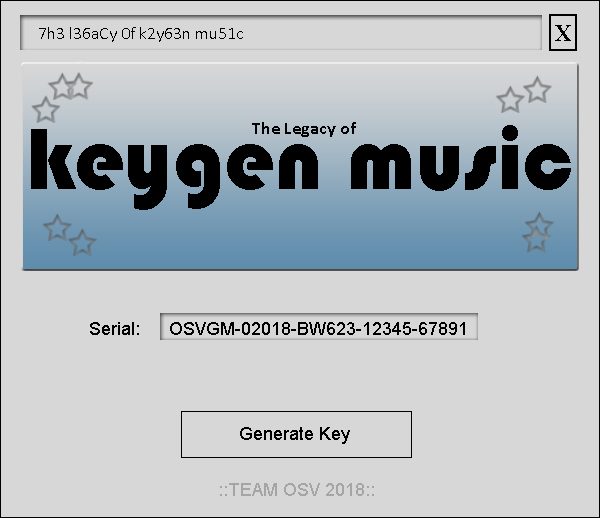
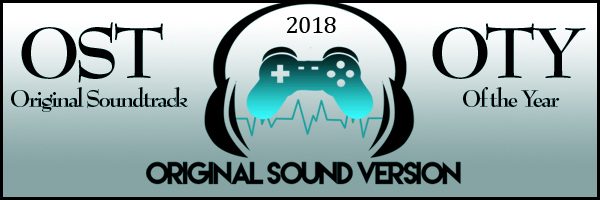
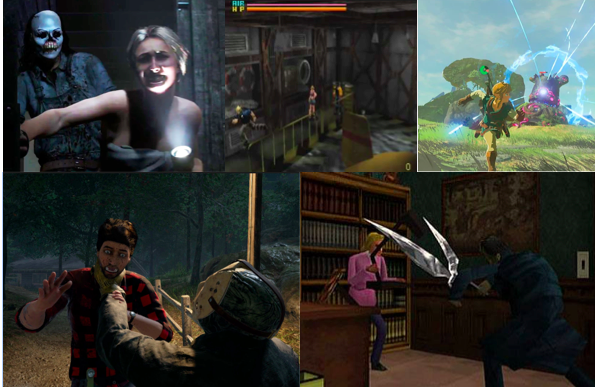


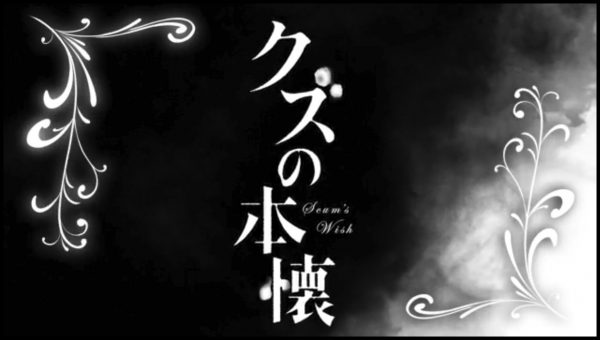


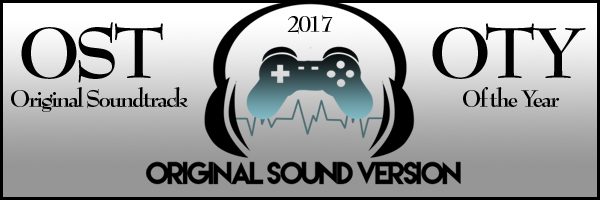
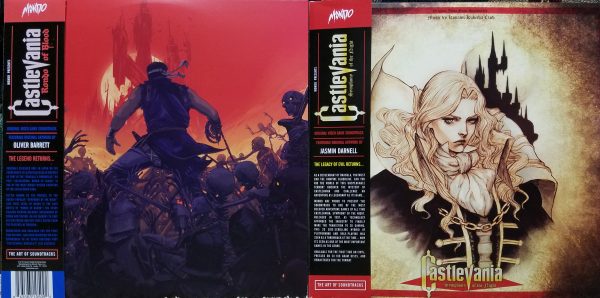
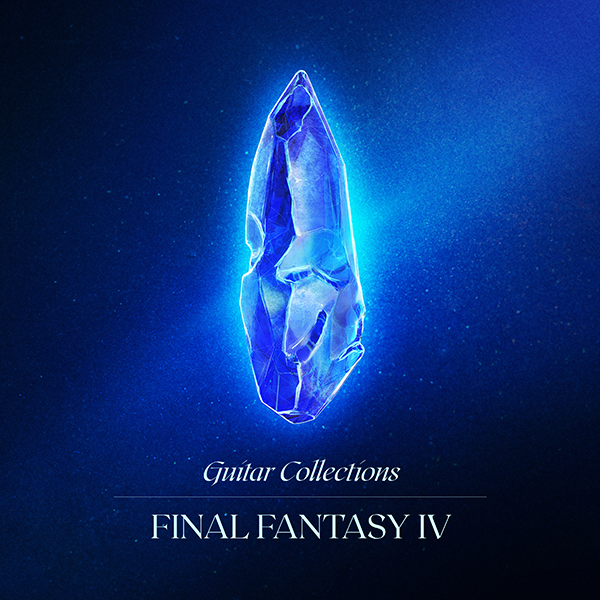
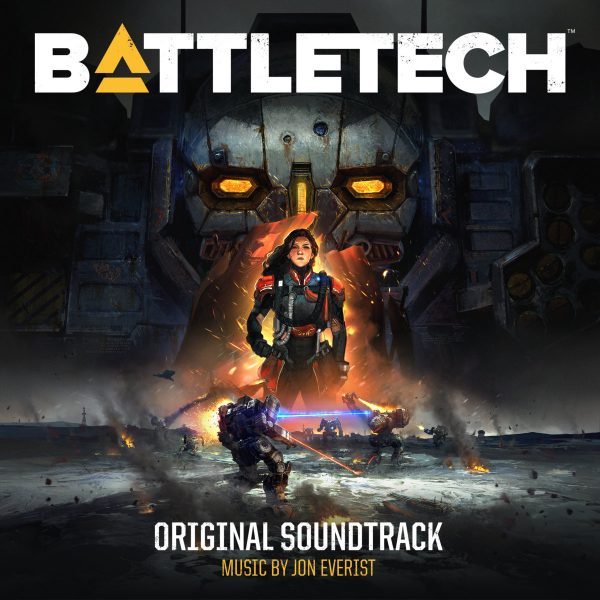
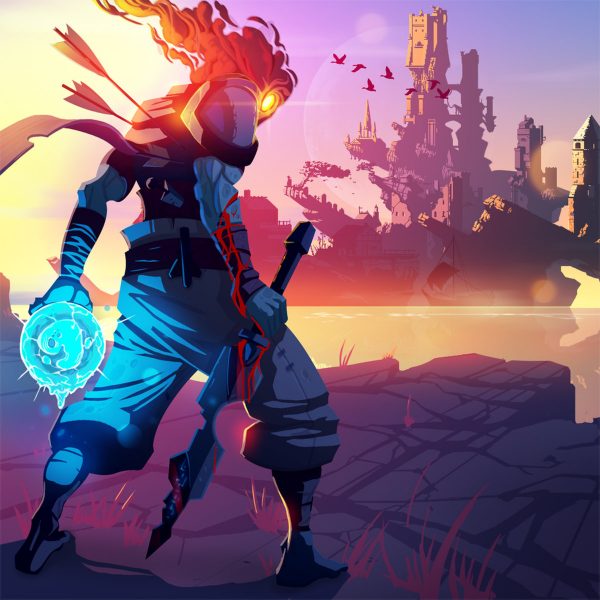
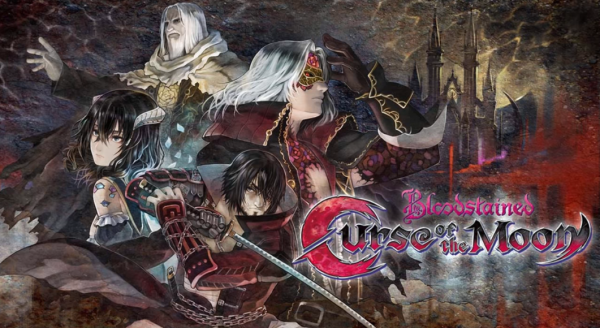
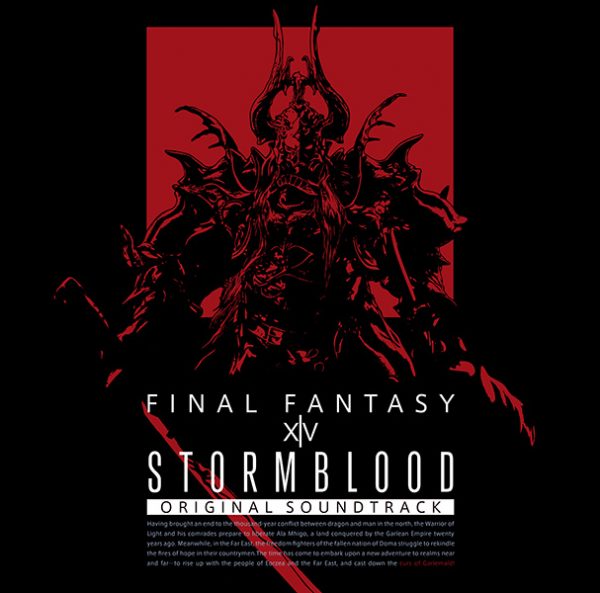
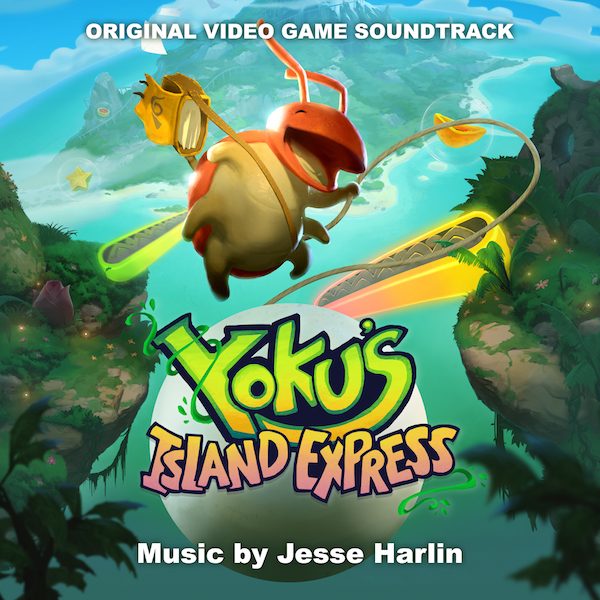
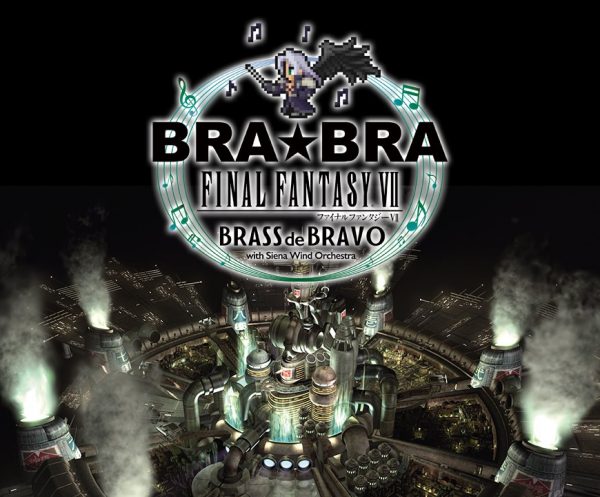
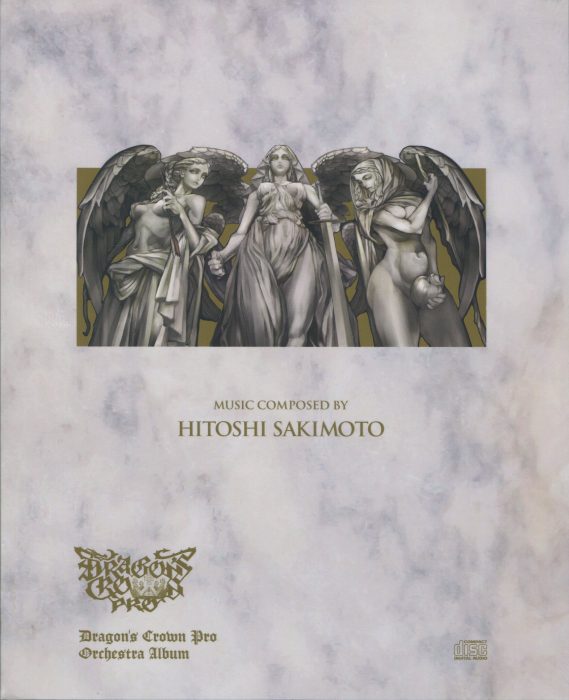
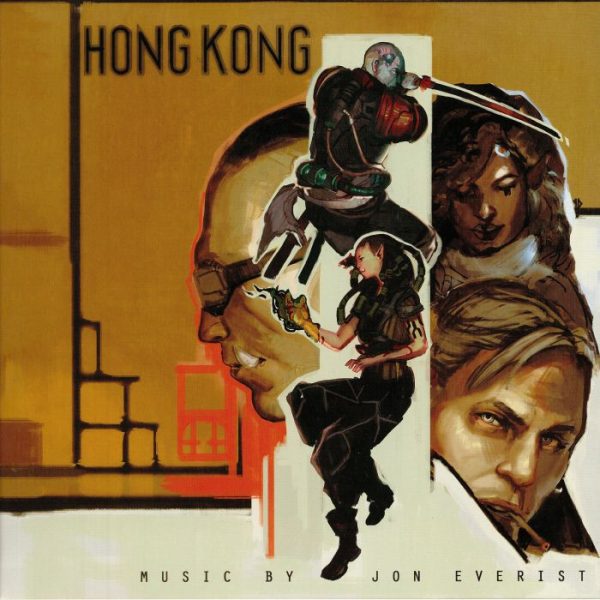
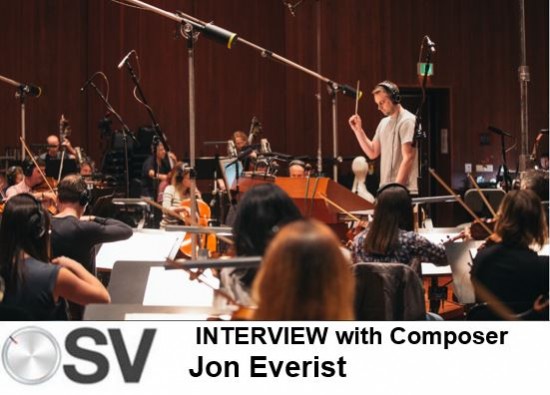
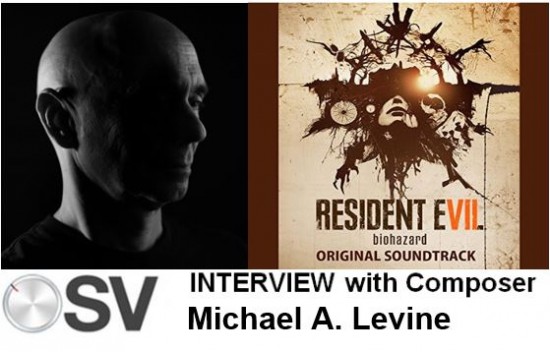
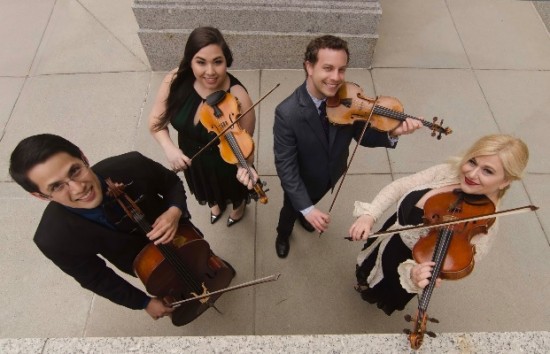
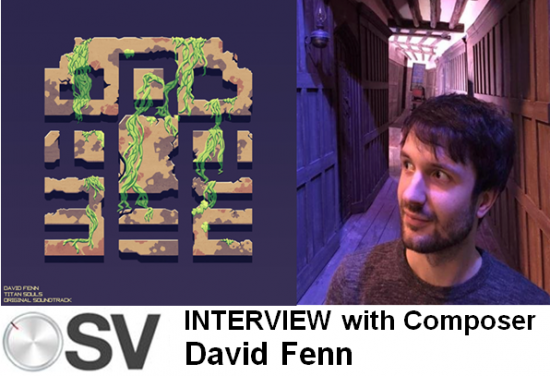
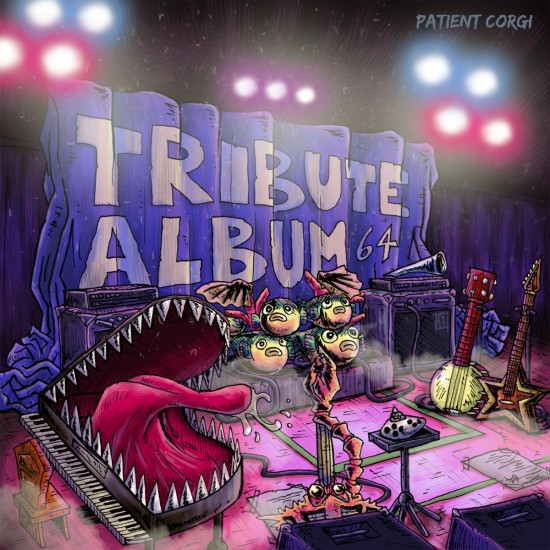
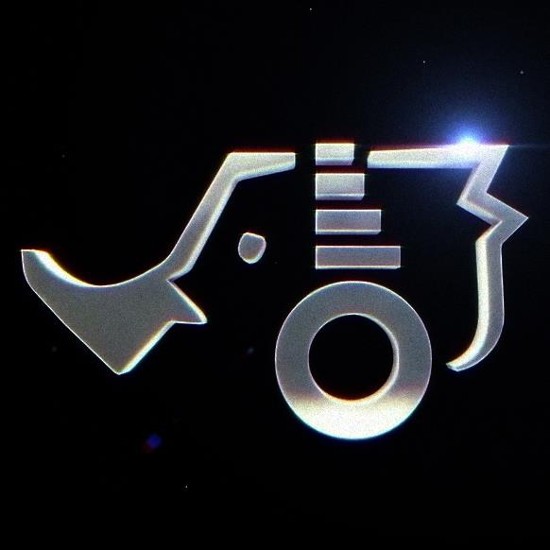
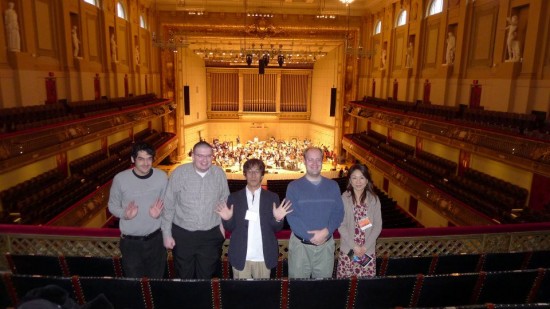
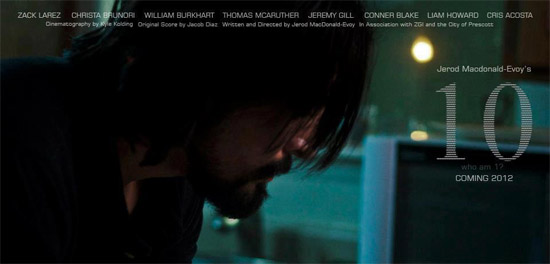
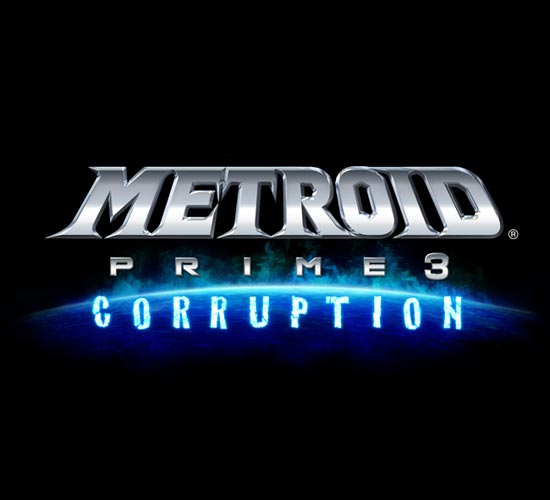




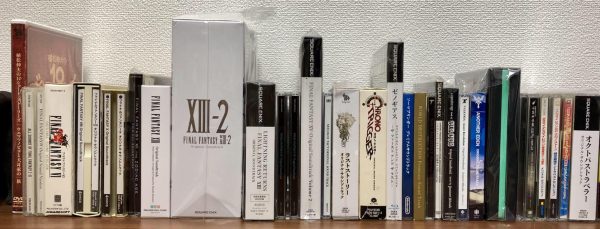
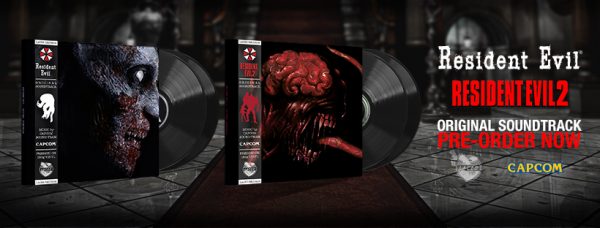

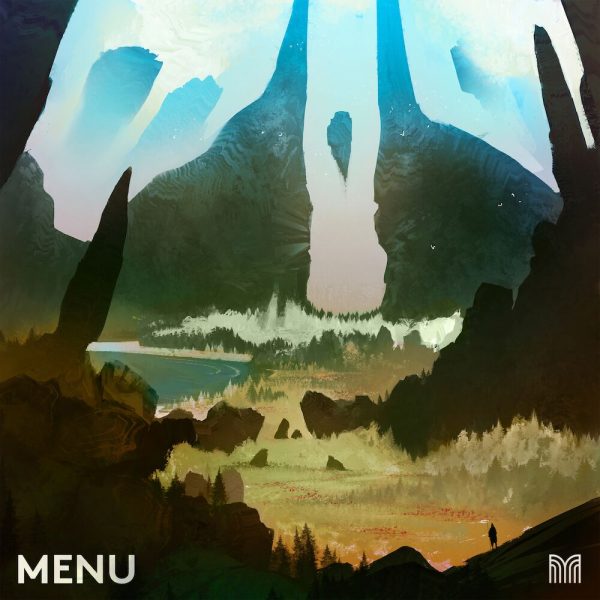
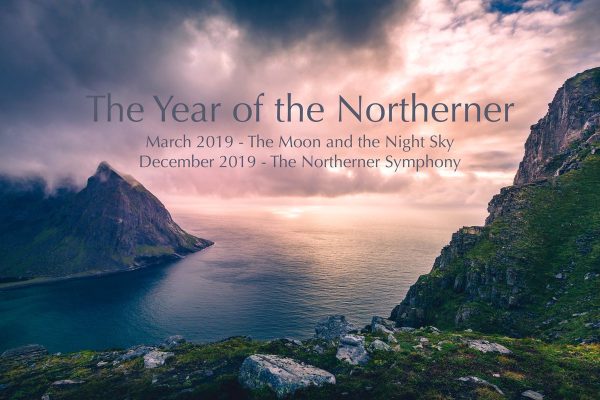
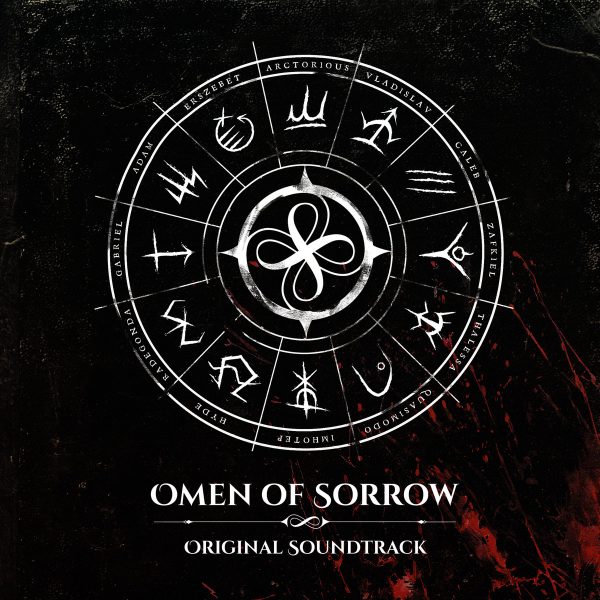
No ESTi, no buy. Atleast over here, anyway.
Looks great, and I’m happy that they decided to bring this over at DJMAX Portable 3. I also miss ESTi, but it’s cool to see that some of the TECHNIKA 2 tracks made it in.
Really though, for this and all other rhythm games… why can’t there be 100s of songs in these games?
Adam — I feel you, I really do. I would’ve liked some of the ESTi music from the previous game put into this game with the remix mode. Alas, we don’t have it.
Even without ESTi and some other top-notch musicians from the previous title, there’s strong enough music here to give it a shot.
Jayson — For a PSP game? You have to consider file size. Especially for this, where every song also comes with a music vid, that’s gotta be a heavy space-consumer.
Posting at Patrick’s behest;
There’s a minor factual error in the review: Another Japanese composer, makou (Makoto Yamaguchi), is prominently featured in Portable 3, with no less than 4 songs, or 1/10th of the entire tracklist.
http://www.cyphergate.net/wiki/index.php?title=Makou
About Portable 3 itself? I was ridiculously hyped up about the game the entire 2nd half of 2010. Now that it’s out, I have a mixed bag of feelings. Perhaps my expectations were a little too high or unrealistic in some regards, and the pinch of not having some of the old flavors does sting a little.
It’s still definitely worth the purchase price and download off PSN, though. No contest there coming from me.
go to options and choose “hard mode” to get to play 6.2 mode. djmax fever had 8b mode too which can be accessed similarly.
however if djmp3 is similar to djmf then if u play maybe 600 songs (maybe more maybe less i forgot) or so the mode will be unlocked to be played on any difficulty.